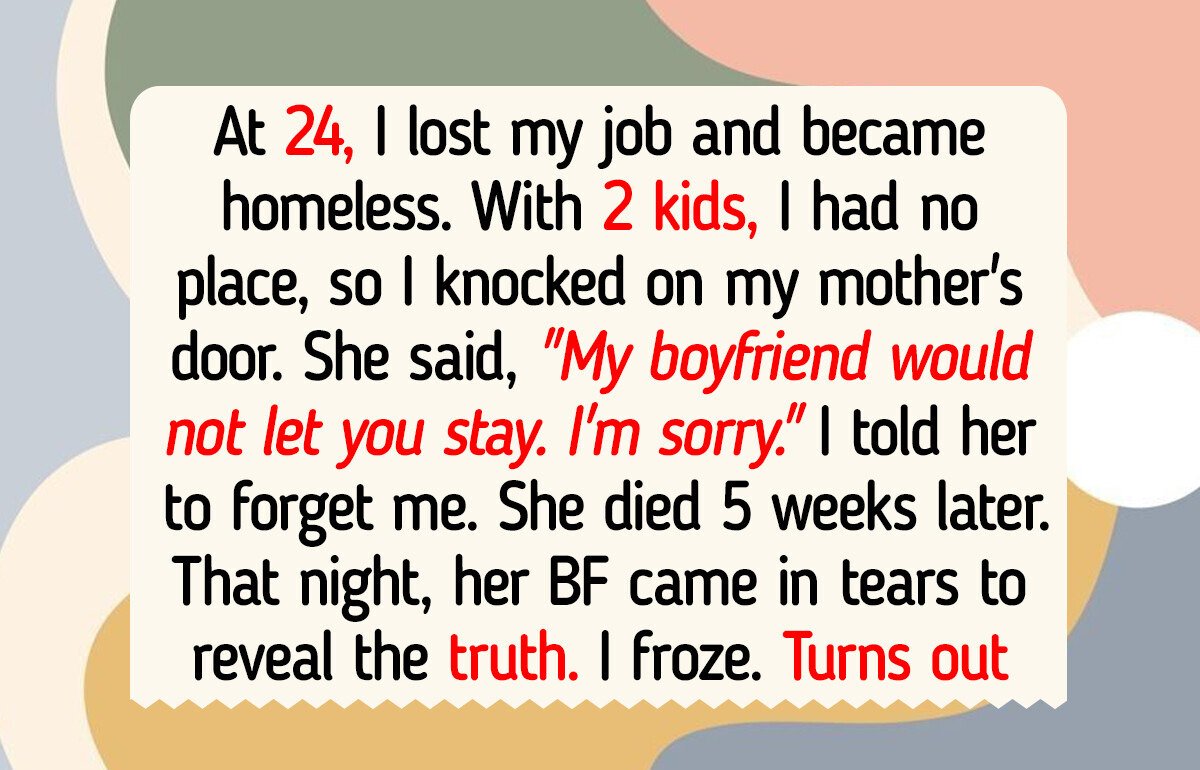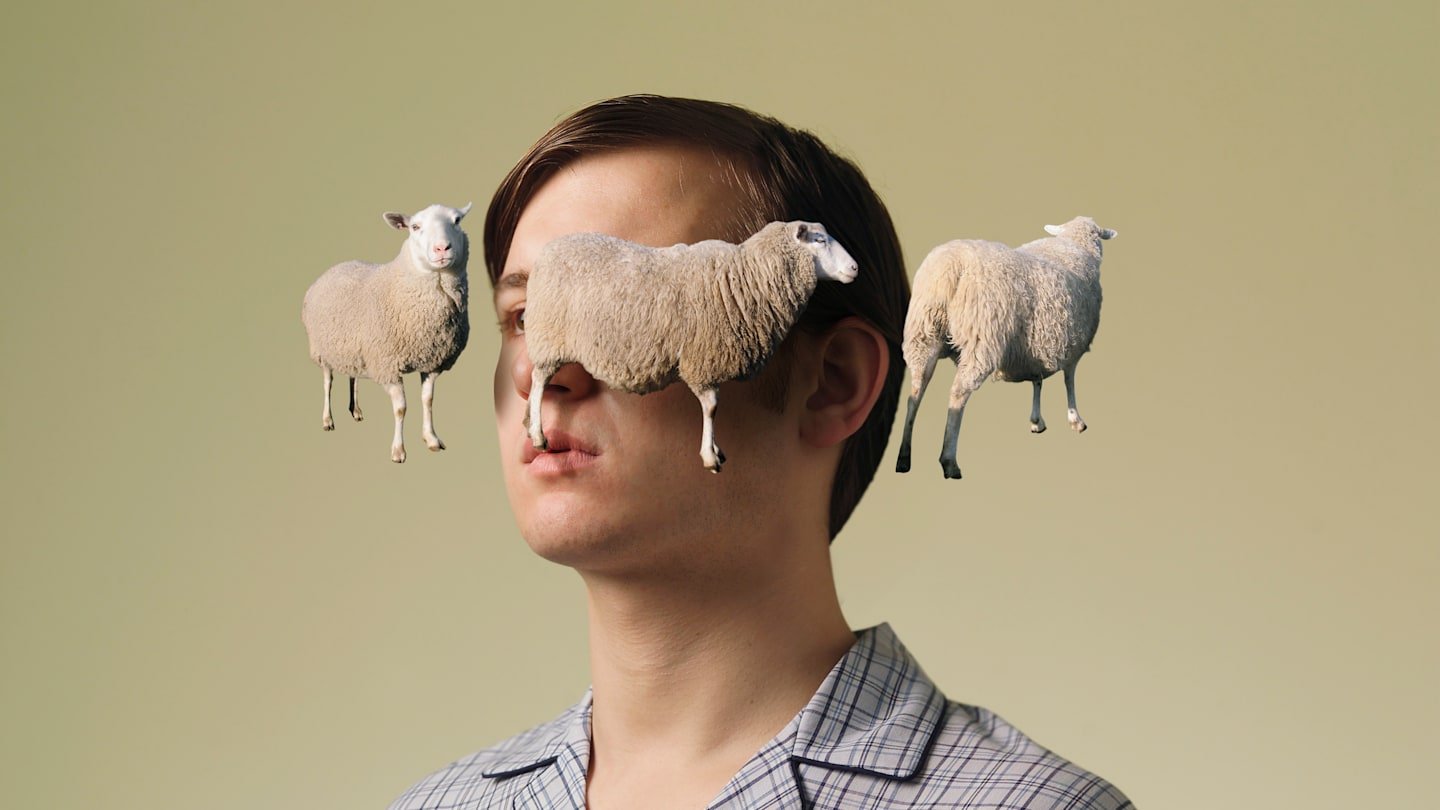
Why Shag Carpeting Fell Out of Fashion
In the 1970s, residents of San Bernardino, California, could rent a one-bedroom “luxury” apartment in the apartment complex. Casa Royale Complex For $130 per month. Among the amenities: being on a bus line, “lots of closets,” and “shag carpeting.”
Shag carpeting certainly wouldn’t be something an owner would advertise today, but for a time in the 1960s and 1970s, it was considered the ultimate in luxury flooring. Long strands of synthetic or natural fabrics were seen as a status symbol, a way of saying: Yes, we are in good enough shape to endure all this spinning. But by the 1980s, shag rugs were being pulled to the curb. So what happened?
How Shag Rugs Are Taking Over Living Rooms

Shag rugs actually predate the mid-20th century aesthetic by centuries. The ancient Greeks as well as cultures in the Middle East and Asia had it all Differences On what later became known as shag, goat hair or other animal hair was used to create a plush rug. The Greeks called them “Flokati carpets” despite the word shag To indicate that a type of knotted or interwoven carpet was used as early as the 17th century. These creations were part practical—they kept the floors warm—and part artistic expression.
This type of carpet never went away, but its mass-market appeal did not become possible until the late 1940s. That’s when American homes experienced a post-war building boom.
You may also like:
Add the mental thread as Favorite news source!
“The post-World War II era saw a boom in carpet sales, primarily due to increased interest in home decor and new carpet fiber technologies,” said flooring expert Emily Morrow. Retro renovation. “Carpets were a luxury during the war – as were many household goods – and once the war was over, there were a lot of stay-at-home mothers who were willing to decorate their homes with products they couldn’t get during the war years.”
Among the innovations was wall-to-wall carpeting. Instead of expensive fibres, rugs can be woven using cheaper synthetic materials, such as nylon made to resemble wool.. Instead of being limited to area rugs, it is now possible to install rugs that can cover an entire floor. according to Cleaning and Restoration MagazineSix million square yards of carpet were shipped in 1951. By 1968, the number had reached nearly 400 million square yards.
This type of carpet was initially smoother in appearance – the type of cut carpet that shows the impressions of a vacuum cleaner. But as the 1950s progressed, more and more carpet styles became available. That led to experimentation, and that experimentation led to some bolder choices. Like shaggy.

The deep, unkempt fibers were well-suited to contemporary attitudes toward home decorating. Modern manufacturing and dyeing processes have made it possible to choose orange, for example, to complement orange kitchen cabinets. This may seem like a bold choice now, but at the time there was a Technicolor attitude towards the style.
Perhaps part of Shag’s appeal was psychological as well. “There’s kind of a shift inwards in the house, almost these womb-like spaces that you can see in some of the furnishings and things that are starting to happen,” Sarah Lichtman, associate professor of design history at Parsons School of Design, said. He said apartment therapy. “I think the shag rugs are part of that softness that was coming into the interior.”
It was Practical benefits also. With its deep strands, it acts as a great floor insulator, trapping warm air in rooms. It also has sound attenuating effects.
In the late 1960s and 1970s, shag became less expensive, and therefore more popular. One company, Royalweve, Shegrila offeredIt is synthetic hair that promises to cost a third less than traditional hair. It was “the latest and most dramatic answer to the huge demand from homeowners across the United States for the deep, shaggy, luxurious informality of modern carpeting.”
But this demand soon began to diminish.
Shaggy carpet fall
Two major factors conspired against shag carpeting in the last quarter of the twentieth century.
First, it was often dirty. Because of the long strands, dirt and debris were often trapped deep in the carpet and out of reach of vacuum cleaners. That’s why colors such as avocado green or brown are preferred over white: they hide dirt better. Lovers of often shaggy hair I took a special carpet rake To the fibers to loosen dirt. It served as a carpet care tool, working to restore the fluff of the carpet. (Others just used an actual garden fire starter.) Ultimately, this was an additional chore that homeowners found tedious.
|
The other shag |
|---|
|
shag It is often used as a slang term for intercourse, but despite the reputation of the Swinging Sixties and the Sexual Revolution, there is no clear connection between shag and shag rugs. shag The verb was used to describe sexual relations as early as the 18th century, instead Shaggy carpets It likely takes its name from the earlier use of the word to describe animal hair. |
But it was doomed to failure for another reason: conformity. As real estate It has come to be viewed as an investment tool As more and more people started moving or downsizing in the 1980s, the idea of having something as personal as green carpet became an obstacle. Many homeowners looking to sell believe that hardwood floors have greater curb appeal and therefore may make the sale easier. This, coupled with changing tastes, has forced the United States out of its role The Brady Bunch Decoration era
Does this mean that the Shag is exiled forever? Not exactly. Since trends are cyclical, many people are adopting the shaggy aesthetic today, although most use area rugs to give rooms a certain classic touch. Because they are more tonal, dirt is less important. Shag lasts, but not wall-to-wall.













Post Comment